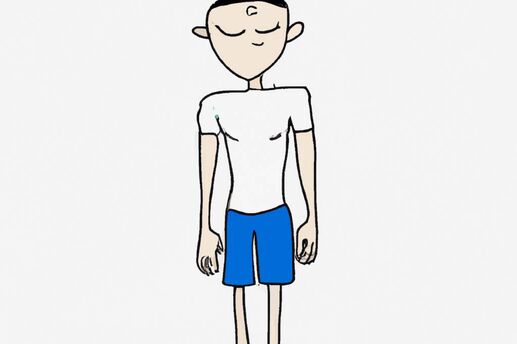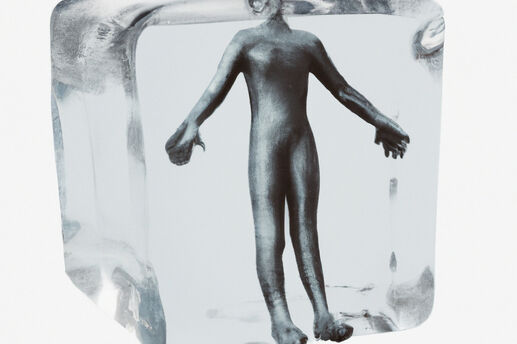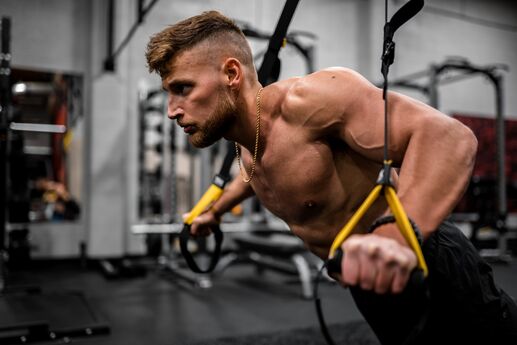The Power of Tears: Unveiling the Benefits of Crying for Men
Introduction
In a society that often equates masculinity with emotional stoicism, men are frequently discouraged from expressing their emotions openly. Crying, in particular, is commonly seen as a sign of weakness. However, tears have an innate therapeutic effect, providing profound benefits for mental and emotional well-being. In this blog post, we will debunk the stigma surrounding male tears and shed light on the numerous advantages of crying for men.
-
Emotional Release and Stress Relief. Crying acts as a natural outlet for pent-up emotions. When men allow themselves to cry, it enables the release of emotional tension and stress, promoting a sense of relief. Research has shown that shedding tears triggers the release of endorphins, known as "feel-good" hormones, which can enhance mood and reduce anxiety. By embracing crying as a valid emotional response, men can find solace in this natural mechanism for emotional release.
-
Improved Emotional Awareness and Communication. Crying is a powerful tool for men to develop emotional intelligence and awareness. By allowing themselves to cry, men can better understand and process their own emotions. This heightened self-awareness can also improve communication skills, enabling men to express their feelings more effectively. Through tears, men can convey emotions that may be difficult to articulate verbally, fostering deeper connections with others and promoting empathy.
-
Strengthened Mental Resilience. Contrary to the misconception that crying is a sign of weakness, embracing tears can actually enhance mental resilience in men. Crying serves as a healthy coping mechanism, allowing individuals to confront and process difficult emotions. By acknowledging and expressing vulnerability through tears, men can develop the strength to face adversity, bounce back from setbacks, and foster a more resilient mindset.
-
Physical and Psychological Healing. Studies have revealed that crying can have therapeutic effects on both physical and psychological well-being. Emotional tears contain stress hormones and toxins, which are expelled from the body through crying. This release can help reduce overall stress levels and contribute to a healthier immune system. Additionally, crying promotes a sense of catharsis, allowing men to heal from emotional pain and trauma, leading to improved mental health outcomes.
-
Breaking Stereotypes and Challenging Gender Norms. Embracing crying as a healthy emotional response challenges societal norms and stereotypes that perpetuate toxic masculinity. By allowing themselves to cry, men can redefine traditional notions of masculinity, encouraging more open and authentic expressions of emotion. This paradigm shift not only benefits individuals but also contributes to a more inclusive and compassionate society that values emotional well-being.
Conclusion
The benefits of crying for men are profound and far-reaching. By dismantling the stigma surrounding male tears, men can tap into a powerful emotional release, develop greater self-awareness, and strengthen their mental resilience. Crying promotes healing, fosters healthier communication, and challenges outdated gender norms. It is time to recognize the transformative power of tears and embrace them as an integral part of emotional well-being for everyone.
Photo by Tom Pumford on Unsplash






